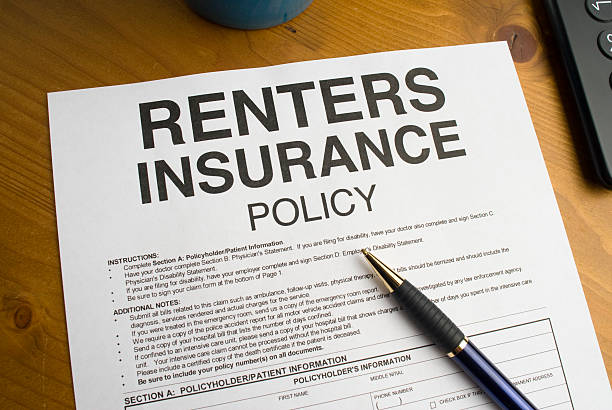Introduction
In today’s uncertain world, protecting your belongings and ensuring your financial security is paramount. Renters insurance offers a vital shield against unforeseen circumstances, providing coverage for your personal property and liability. Understanding the nuances of renters insurance is crucial for every tenant. This comprehensive guide will delve into the intricacies of renters insurance, empowering you to make informed decisions to safeguard your assets.

Types and Categories
Standard Renters Insurance
Standard renters insurance typically covers personal property loss or damage due to perils such as fire, theft, vandalism, and certain natural disasters. It also includes liability coverage, which protects you in case someone is injured while on your rental property.
Additional Coverage Options
Beyond standard coverage, renters can opt for additional policies to further protect specific items like high-value jewelry, electronics, or artwork. Flood and earthquake insurance are also available as add-ons in areas prone to these perils.
Symptoms and Signs
Property Damage
Signs of property damage may include structural issues, water leaks, or broken windows. It’s crucial to document any damage promptly and notify your insurance provider to initiate the claims process.
Liability Claims
If someone is injured on your rental property, you may face liability claims. Signs of potential liability issues include accidents, injuries, or property damage caused by your negligence.
Causes and Risk Factors
Environmental Factors
Environmental risks such as floods, earthquakes, or hurricanes pose significant threats to rental properties, necessitating comprehensive insurance coverage.
Theft and Burglary
Theft and burglary are common risks faced by renters. Lack of proper security measures or residing in high-crime areas can increase the likelihood of such incidents.
Diagnosis and Tests
Property Assessment
Before purchasing renters insurance, conduct a thorough assessment of your belongings to determine the appropriate coverage amount. Documenting your possessions through photographs or inventory lists can streamline the claims process in the event of a loss.
Policy Comparison
Research and compare policies from different insurance providers to find the best coverage options suited to your needs and budget. Pay attention to coverage limits, deductibles, and exclusions.

Treatment Options
Insurance Coverage
Renters insurance serves as a financial safety net, providing compensation for property damage, loss, or liability claims up to the policy limits. Timely filing of claims is essential to ensure prompt reimbursement.
Legal Assistance
In case of liability claims or disputes with the insurance company, seeking legal assistance can help protect your rights and ensure fair treatment.
Preventive Measures
Risk Mitigation
Implementing preventive measures such as installing smoke detectors, security alarms, and fire extinguishers can reduce the likelihood of property damage and potential insurance claims.
Regular Maintenance
Routine maintenance of rental properties, including plumbing, electrical systems, and structural integrity, can mitigate risks and prolong the lifespan of assets.
Personal Stories or Case Studies
Sarah’s Experience
Sarah, a renter in a coastal area, experienced extensive property damage due to a hurricane. Thanks to her comprehensive renters insurance policy, she received timely assistance in rebuilding her life and replacing damaged belongings.
John’s Liability Claim
John was sued for negligence after a guest slipped and fell on his rental property. His renters insurance covered legal expenses and medical bills, sparing him from financial ruin.

Expert Insights
According to Insurance Expert Mark Smith:
“Renters insurance offers invaluable protection against unforeseen events, providing peace of mind and financial security for tenants. It’s essential to understand your policy coverage and review it periodically to ensure adequate protection.”
Conclusion
Renters insurance is a vital tool for safeguarding your belongings and mitigating financial risks associated with renting. By understanding the various coverage options, potential risks, and preventive measures, tenants can make informed decisions to protect their assets and peace of mind.



